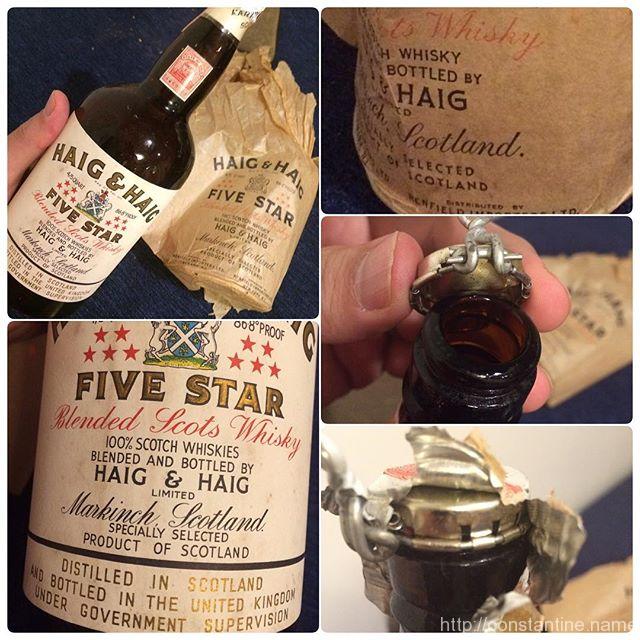On Castbox.fm — Weston Edwards | Chronic Joint Pain & Unresolved Injuries
How can individuals navigate and manage chronic pain, and what role does movement and mindset play in the recovery process?
Movement can both exacerbate and alleviate pain, depending on how it’s approached and integrated into daily life.
[I]f movement is part of your life, then movement has to be part of the answer. Especially because most people will have an association of movement with either increased risk of injury, [or] increased fear of doing further damage.
~ Weston Edwards (13:11)
The conversation explores the complexities of chronic pain, emphasizing that recovery often blends personal experiences, emotional resilience, and movement practices. Weston shares insights from his own journey overcoming fibromyalgia, highlighting the need for both scientific understanding and intuitive, experimental approaches to healing. Movement, despite its association with injury, often becomes a key element in managing and alleviating chronic pain.
Another key topic is the role of emotional support and community in dealing with long-term pain. The conversation stresses that individuals suffering from chronic pain frequently encounter isolation and misunderstandings from those around them. Holding space and offering empathy without attempting to fix the problem becomes essential. The importance of owning one’s healing process and embracing trial and error is also underscored, as the journey through chronic pain rarely follows a linear path.
Takeaways
Chronic pain and emotional impact — Chronic pain often isolates individuals emotionally, making support and empathy vital.
Movement as therapy — Incorporating movement into life can aid recovery, even when pain creates fear around physical activity.
Contradictory experiences — Effective healing practices may conflict with logical explanations, highlighting the individualized nature of recovery.
Role of community — Unconditional presence and emotional support are often more helpful than advice or attempts to fix the issue.
Self-guided journey — Recovery requires personal ownership and a proactive approach to exploring potential solutions.
Resources
Art of Retreat — Organization behind the leadership and education retreat.
(Written with help from Chat-GPT.)
ɕ
